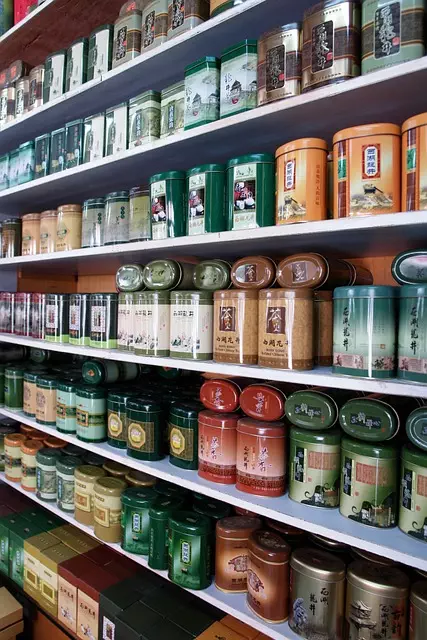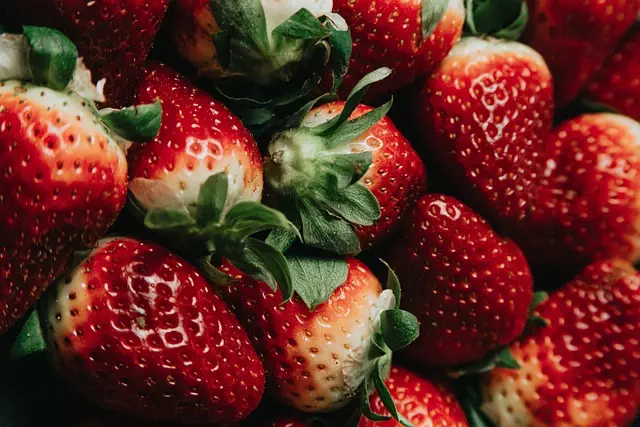Frozen products require specialized food packaging solutions to maintain quality and freshness, with a growing emphasis on sustainable food packaging. Custom food packaging tailored to specific products offers improved insulation against freezer burn while sustainable options use eco-friendly materials like biodegradable plastics and plant-based films. This shift caters to environmentally conscious consumers and extends product lifespans. Manufacturers are adopting innovative designs, advanced printing technologies, and intelligent features, leveraging custom food packaging to differentiate their products while meeting consumer expectations for transparency and convenience. These trends drive a greener future in the frozen foods industry, balancing functionality with sustainability.
Food packaging plays a critical role in maintaining quality and safety for frozen products, addressing unique challenges like thawing and temperature control. This article delves into the intricacies of food packaging for frozen goods, exploring trends and innovations that shape this dynamic sector. We discuss the dual importance of preserving quality and embracing sustainability, highlighting custom food packaging as a key strategy to cater to diverse consumer preferences and market demands. Discover how cutting-edge materials and designs are revolutionizing frozen product packaging.
- Understanding the Unique Challenges of Frozen Products
- The Role of Food Packaging Solutions in Preserving Quality
- Sustainable Food Packaging: A Growing Trend in Frozen Foods
- Customization: Tailoring Packages to Specific Frozen Items
- Material Considerations for Optimal Performance
- Consumer Preferences and Market Demands for Frozen Packaging
- Innovations Shaping the Future of Frozen Product Packaging
Understanding the Unique Challenges of Frozen Products
Frozen products present unique challenges for food packaging due to their specific properties, such as being subject to extreme cold during storage and transportation, requiring precise temperature control to maintain quality, and often having a shorter shelf life compared to non-frozen goods. These factors necessitate specialized food packaging solutions that can withstand the rigors of frozen environments while ensuring product freshness and safety.
Custom food packaging plays a pivotal role in addressing these challenges, offering tailored designs and materials that provide insulation, prevent freezer burn, and preserve the integrity of the frozen product. Furthermore, with an increasing demand for sustainable food packaging, eco-friendly options are gaining traction. Biodegradable materials, recyclable containers, and innovative designs that minimize waste are being explored as part of a broader trend towards more environmentally conscious production and consumption habits in the frozen foods industry.
The Role of Food Packaging Solutions in Preserving Quality
Food packaging solutions play a pivotal role in preserving the quality and freshness of frozen products. When it comes to frozen foods, effective packaging is more than just containing the product; it’s about protecting its integrity from the moment it’s processed until it reaches the consumer’s freezer. Custom food packaging, tailored to specific product needs, ensures that vital attributes like flavor, texture, and nutritional value remain intact.
Sustainable food packaging materials are increasingly favored for their ability to maintain quality while minimizing environmental impact. Innovative designs use recyclable or biodegradable substances, reducing waste and contributing to a greener approach to frozen food preservation. These advancements not only extend product lifespans but also cater to the growing consumer demand for eco-conscious options, making them essential components of modern food packaging solutions.
Sustainable Food Packaging: A Growing Trend in Frozen Foods
The demand for sustainable food packaging solutions is on the rise, and frozen foods are no exception. Consumers are becoming increasingly conscious of environmental issues, prompting manufacturers to adopt eco-friendly practices. Sustainable food packaging not only reduces waste but also offers an opportunity to differentiate products in a crowded market. Custom food packaging designed with sustainability in mind can attract environmentally-conscious consumers while providing excellent product protection.
Innovative materials such as biodegradable plastics, plant-based films, and recycled content are being integrated into frozen food packaging. These alternatives not only minimize the industry’s carbon footprint but also offer functional benefits like moisture barriers and gas-permeability control. By embracing these sustainable food packaging trends, frozen food manufacturers can meet consumer expectations while contributing to a greener future.
Customization: Tailoring Packages to Specific Frozen Items
In the realm of frozen food products, customization is key to ensuring both product quality and consumer appeal. Food packaging solutions for frozen goods must adapt to the unique needs of each item, from ice cream and pastries to vegetables and meat. Custom food packaging allows manufacturers to tailor their protective envelops to specific items, maintaining freshness and flavor while also enhancing visual appeal on store shelves.
Sustainable food packaging has become a crucial aspect of this customization process. With growing consumer demand for eco-friendly options, businesses are leveraging innovative materials and designs that minimize environmental impact without compromising functionality. Customizable, sustainable food packaging not only caters to specific product requirements but also aligns with the increasing preference for green alternatives, offering a win-win solution for both manufacturers and consumers.
Material Considerations for Optimal Performance
When it comes to food packaging for frozen products, material considerations are paramount. The ideal packaging solution should offer excellent barrier protection against moisture, oxygen, and light to maintain product quality and freshness. In addition, sustainable food packaging is increasingly important, with many consumers preferring eco-friendly options made from renewable resources or easily recyclable materials. Custom food packaging allows manufacturers to tailor the package design and material selection to specific product needs, ensuring optimal performance while aligning with brand identity.
Innovative food packaging solutions often incorporate advanced technologies like foil lamination or barrier coatings to improve strength and flexibility. These techniques enable the creation of versatile packages that can withstand the rigors of freezing and thawing cycles without compromising structural integrity. Moreover, sustainable practices in material sourcing and manufacturing contribute to reduced environmental impact, appealing to both consumers and businesses committed to corporate social responsibility.
Consumer Preferences and Market Demands for Frozen Packaging
Consumer preferences and market demands for frozen products have significantly shifted over the years, driving a need for innovative and sustainable food packaging solutions. Today’s discerning consumers not only seek convenience but also prioritize environmental sustainability and product quality. This has prompted manufacturers to move away from traditional, non-biodegradable materials towards custom food packaging designs that are eco-friendly yet functional.
The demand for customizable food packaging options allows businesses to cater to niche markets and unique product requirements. With a growing focus on reducing plastic waste and embracing recyclable, compostable, or biodegradable materials, sustainable food packaging has become a key differentiator in the frozen products industry. This trend encourages companies to explore creative solutions that meet both consumer expectations and environmental stewardship goals.
Innovations Shaping the Future of Frozen Product Packaging
The future of frozen product packaging is being reshaped by groundbreaking innovations that prioritize both functionality and sustainability. Brands are now exploring advanced materials, such as biodegradable and compostable plastics, to create eco-friendly food packaging solutions that minimize environmental impact. These sustainable food packaging options not only reduce waste but also offer improved barrier protection, ensuring the quality and freshness of frozen foods remain intact during storage and transportation.
Custom food packaging is another trend gaining traction. Companies are leveraging technology to develop unique, tailored packaging designs that not only attract consumers but also enhance product safety. By combining advanced printing techniques with intelligent features like date codes, nutritional information, and QR codes, custom food packaging solutions offer a competitive edge while ensuring compliance with industry regulations. This personalized approach allows brands to stand out on crowded retail shelves and cater to evolving consumer preferences for transparent and engaging food packaging.


